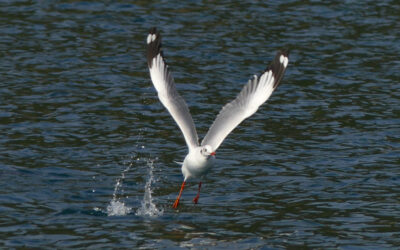Dr Nial Moores, National Director, Birds Korea.
We are happy to share that the East Asian-Australasian Flyway Partnership (EAAFP) formally designated the Yeoncheon Imjin River as Flyway Network Site “EAAF156” on October 11th this year.
As stated by the EAAFP Secretariat in their online announcement on October 22nd 2024, the Yeoncheon Imjin River FNS has, “exceptional international significance in conserving migratory waterbirds”.

Bird data used for this important designation were collected first by Birds Korea Yeoncheon Director Baek Seung-Kwang (who has conducted counts of Red-crowned and White-naped Cranes between December and February every year for the past 20 years or so – through often brutally severely cold winters). Since 2021, contracts from Yeoncheon County to Birds Korea then enabled us to conduct additional surveys of species in the Yeoncheon Imjin River Biosphere Reserve, including frequent counts of globally Endangered Scaly-sided Mergansers and internationally important concentrations of geese. In turn, this research was then used to target conservation actions, including setting up screening to reduce disturbance and the proposed restoration of 40ha of riverine wetland near Jeongok (in the southeast of the FNS), while also helping to promote conservation tourism to the county.

Our sincere thanks once more to Yeoncheon County, especially Mayor Kim Deog Hyun and staff within the Tourism Department, for funding this vital research and for proposing the Flyway Network Site.









